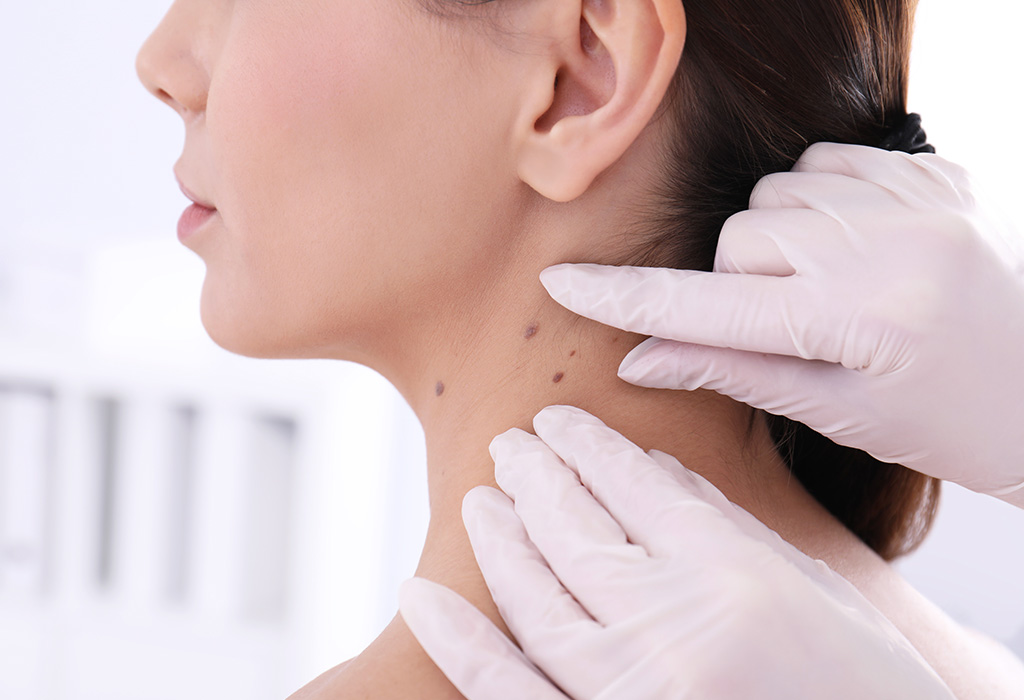What Is Mole / Tag Removal?
Reveal clearer, smoother skin with our Mole and Skin Tag Removal treatment, a gentle and effective procedure designed to remove unwanted moles, skin tags, or small benign growths. These common skin concerns can develop anywhere on the body and may cause irritation, discomfort, or cosmetic frustration. Our skilled providers use advanced, precise techniques to safely remove them with minimal discomfort and virtually no scarring. Each treatment is customized to your skin type and needs, ensuring natural-looking, seamless results.
Following your procedure, healing is typically quick with little to no downtime, allowing you to return to your normal activities right away. Whether you’re seeking treatment for aesthetic reasons or to relieve irritation from clothing or jewelry, mole and skin tag removal restores a smooth, even complexion and renewed confidence. Experience professional, medical-grade care that enhances your skin’s appearance and comfort with beautiful, lasting results.
If you have any questions about our services, please contact today at (843) 669-2220.
Mole / Tag Removal
Florence SC + Hartsville SC


Treatment Type
Body Treatments
What Mole / Tag Removal Treats
This service removes unwanted moles or tags. This can be done anywhere on the body.
Mole / Tag Removal Benefits
This service is designed for patients who wish to remove moles or other discolored markings. This service can also be used to remove flesh toned skin tags.
Complementary Treatments
Downtime
Downtime is minimal. Patient should expect some discomfort for 24 hours.
Number of Treatments
Consultation required. Typically one treatment.










